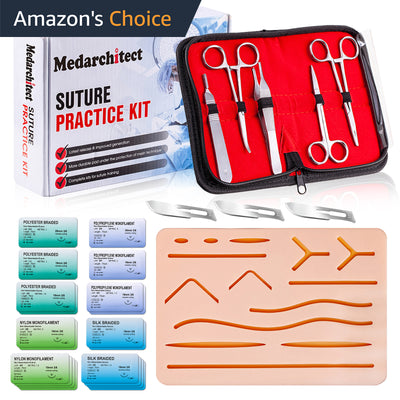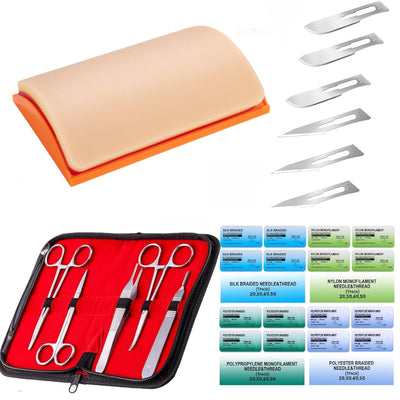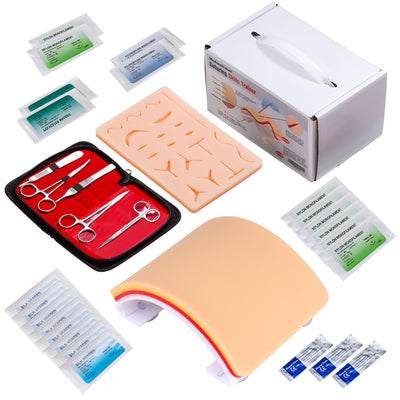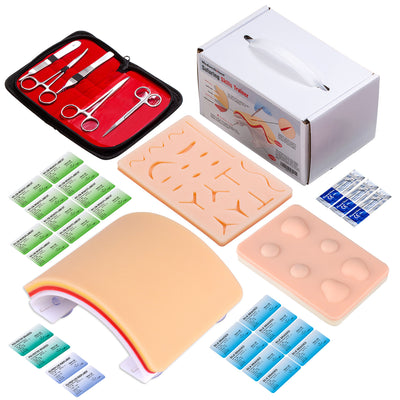Suturing is an important skill for anyone in the medical field. It is a skill that not only holds the potential to save lives but also gives practitioners peace of mind due to the assurance of correct procedures.
To begin, it’s important to understand the basic terms of suturing. There are three major types of sutures: absorbable, non-absorbable, and interrupted. Absorbable sutures dissolve over time, while non-absorbable sutures are permanent. Interrupted sutures involve tying each stitch individually, while continuous sutures involve securing multiple stitches without interruption.
Each type of suture requires different techniques and materials, so it’s important to become familiar with all of them. For example, when using absorbable sutures, the skin may be closed using either mattress sutures or subcuticular sutures. Mattress sutures require two layers of stitches; the first layer is placed just below the skin’s surface, and the second layer runs parallel above the first. Subcuticular sutures, on the other hand, involve placing stitches one millimeter apart along the skin line and pulling the suture tight before knotting it at the end.
In addition to the types of sutures and techniques, it is important to use the correct tools. These include needle holders, suture scissors, and forceps. Needle holders are used to picking up the suture and holding it while manipulating it. Suture scissors are used to cut the suture, while forceps are used to hold or maneuver tissue during the suturing process.
The most important step in suturing, however, is practice. It’s important to practice on synthetic materials such as suture pads to ensure accuracy and technique before attempting a real procedure. With practice and patience, suturing can be perfected, and practitioners can have the confidence of knowing they’ve done the job right.









